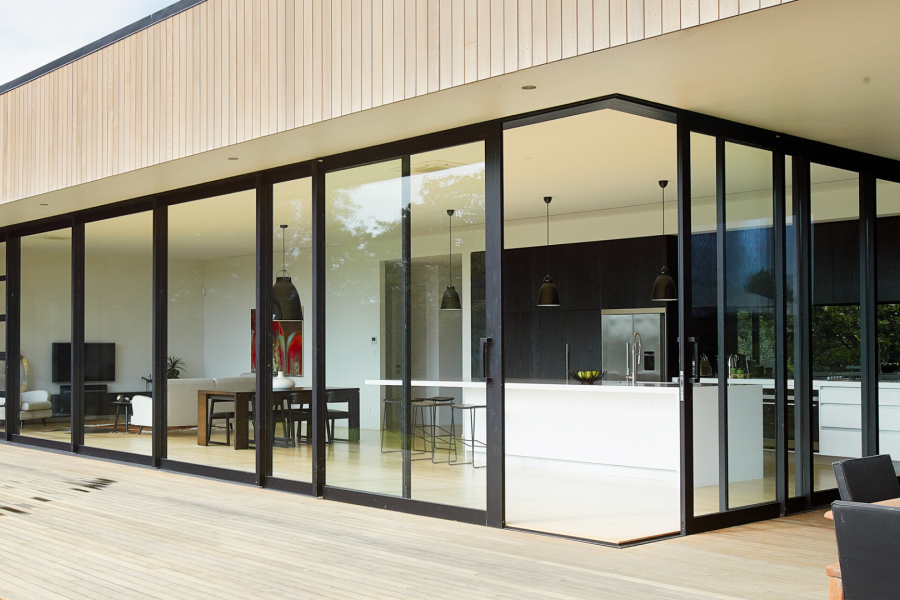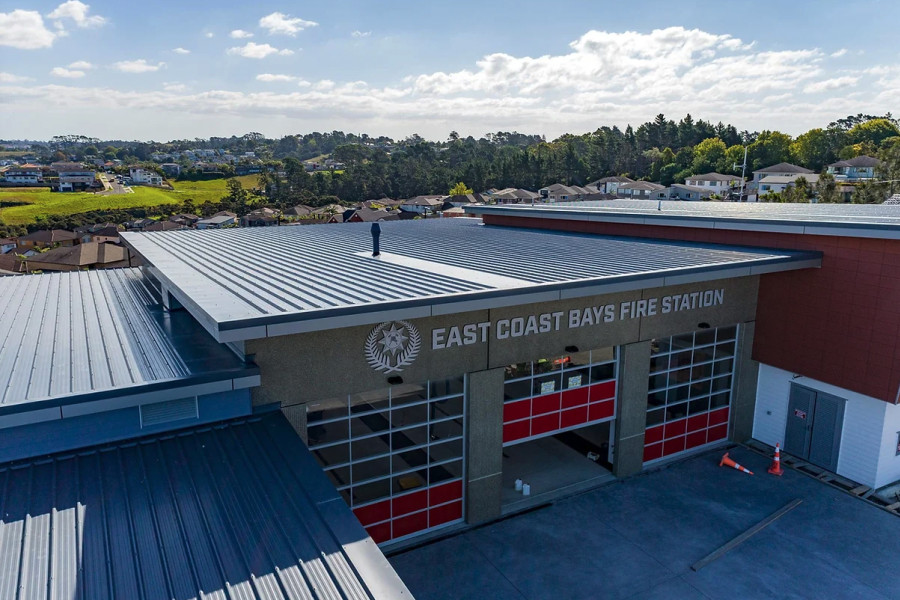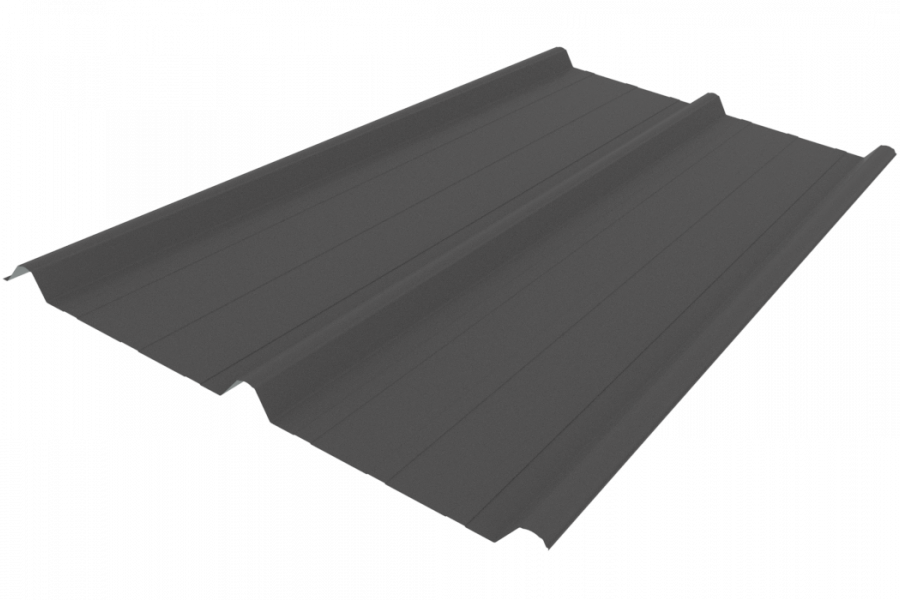Why real-world challenges demand a more grounded, collaborative approach to passive fire design in commercial and multi-tenancy buildings.
The challenge of designing for remediation — fitting a square peg in a round hole
Passive fire remediation in commercial or multi-tenancy buildings is a complex undertaking, often made even more difficult by a disconnect between design intent and site reality. While many designers and specifiers bring deep technical knowledge to their roles, in our experience, there remains a tendency to approach remediation with the same mindset used in new builds — assuming ideal conditions, standardised construction, and unrestricted access.
However, remediation projects are inherently different.
Passive fire remediation in these building types presents a unique set of challenges that go far beyond standard construction.
Unlike new builds, these projects must contend with existing conditions that are often undocumented, non-compliant, or concealed behind finishes and services. They must often be carried out in live environments, where tenants remain in occupation and business operations continue throughout the works. This severely limits access windows, restricts noise and dust-producing activities, and places pressure on contractors to work around occupied spaces — often outside regular hours.
Compounding this, many older buildings contain undocumented alterations made over decades of tenancy changes, renovations, or unrecorded maintenance, meaning the as-built conditions rarely match the plans. Add to that aged infrastructure — such as brittle plaster, corroded steel, or legacy service installations — and the physical environment becomes far less predictable than in new builds.
These layers of complexity create a situation where passive fire designs based purely on drawings or assumptions easily fall apart in the field, exposing a fundamental gap between theoretical solutions and what is practically achievable on site.
To accommodate for these factors before any designs or specifications are made, it is a good start to be aware of the following factors:
The coordination gap
Perhaps the most systemic issue is the lack of early and meaningful coordination between designers, fire engineers, installers, and manufacturers.
Passive fire safety sits at the intersection of multiple disciplines — architectural, mechanical, electrical, and safety. When it is treated as an isolated design item rather than an integrated system, the resulting solutions may clash with services layouts, construction sequencing, or practical installation methods. Poor coordination can lead to rework, delays, and costly variations, especially when issues are discovered late in the programme.
Buildability and practical constraints
One of the most significant issues in passive fire remediation is buildability. Designs may call for systems that, while compliant in theory, are impossible to install within the constraints of existing buildings. Overcrowded service risers, irregular penetrations, and inaccessible ceiling or wall cavities are common sights in older buildings.
When designers fail to account for these constraints, installation teams are left to adapt solutions on the fly. But without the installers understanding the complete building and embedding the solution into the fire safety system that was designed for the building, these solutions can lead to non-compliant or undocumented installations, and ultimately undermine the integrity of the overall fire safety system.
Assumptions about materials and assemblies
Another frequent point of failure lies in assumptions about substrates and construction types. Passive fire products are rigorously tested to perform to a certain FRR under specific conditions, including substrate type, service configuration, and orientation. Yet many remediation projects uncover conditions that differ from what is assumed in standard specifications, for example, discovering fibrous cement or lightweight composite materials where plasterboard was expected.
When specifications don’t reflect the actual site conditions, the specified systems may not be valid, and alternative tested solutions must be sourced mid-project, often under pressure, leaving a lot of room for error.
Over-reliance on generic specifications
Passive fire protection demands precision, yet many specifications rely on generic wording or boilerplate clauses that fail to capture the nuances of the project. Calling for a "fire-rated sealant system" with an FRR of -/60/60 without identifying a tested configuration, substrate compatibility, or product reference leaves too much open to interpretation.
The system might not be achieving the required FRR under the specific site conditions. To explain this further: Not only the elements (e.g., plasterboard) the passive fire system is installed into are of significance when determining the resulting FRR but the wider system including the overall construction (e.g., the fire rating of the fire cell).
This not only places undue burden on installers to select appropriate solutions but also jeopardises traceability and compliance during inspections or audits. In remediation, where every penetration and condition can vary, vague specifications introduce significant risk.
The cost of rework and delays
When installers are forced to amend or reinterpret inadequate specifications on site, the consequences are more than just technical — they’re financial and operational. Additional time spent identifying alternative systems, obtaining approvals, or seeking clarifications can significantly delay the programme. In occupied commercial or multi-tenancy buildings, these delays impact not only the project budget, but also the comfort and access of tenants, many of whom are sensitive to noise, dust, or service interruptions.
Unplanned rework also risks damaging finished surfaces or previously completed works, further compounding costs. In short, unclear or incorrect passive fire specifications create a ripple effect that can threaten the entire remediation timeline and stakeholder relationships.
Moving toward a more integrated design culture
To improve outcomes in passive fire remediation, the industry must adopt a more proactive and integrated approach. This begins with recognising passive fire as a critical design input from the outset of every project — not a compliance item addressed at the end.
Designers must engage in early dialogue with passive fire specialists, installation contractors, and fire engineers to ensure that specified solutions are not only compliant but practical, buildable, and verifiable. Site surveys should inform design decisions, and specifications should be tailored to known conditions, complete with visual documentation and references to tested systems.
From our experience, designers often have limited familiarity with passive fire products, which becomes especially problematic when faced with non-standard setups common in remediation work. Many rely on manufacturer data sheets without fully understanding the constraints of fire-tested systems.
The interpretation of fire test data, including the distinction between tested systems, assessments, and engineering judgments, is frequently misunderstood.
Equally important is a shift in mindset. Designers must be encouraged — and empowered — to get closer to the realities of installation. This might include participating in site walks, reviewing real-world case studies, or attending hands-on training with product manufacturers. The more designers understand the challenges faced on site, the better equipped they will be to produce robust, realistic, and safe designs.
Conclusion
Passive fire remediation is too critical to be left to generic specifications and late-stage decisions. It requires thoughtful planning, detailed documentation, and above all, a collaborative culture that brings designers down from the proverbial “Ivory Tower” and into the complexities of the real world.
By grounding design decisions in site reality and treating passive fire as a central part of the building’s safety infrastructure, the industry can improve not only compliance — but also quality, safety, and project outcomes.






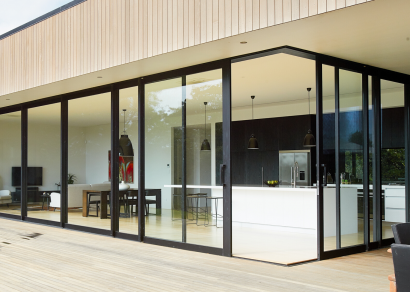
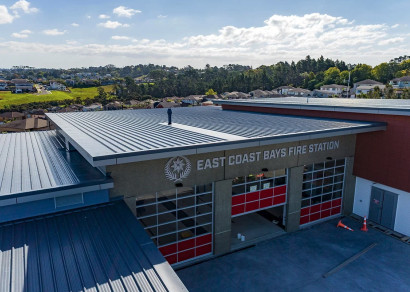
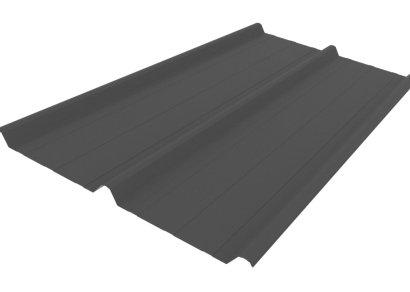
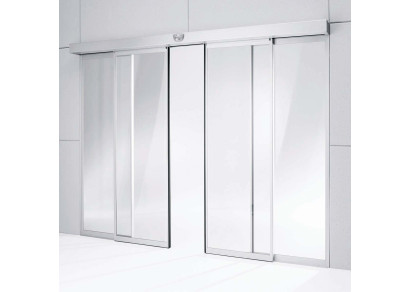
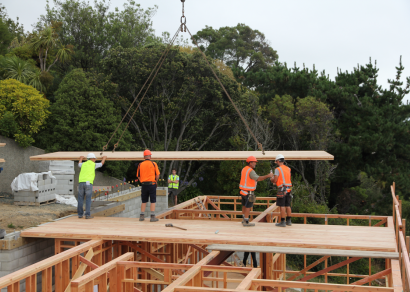
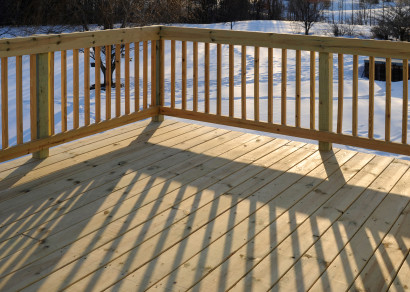

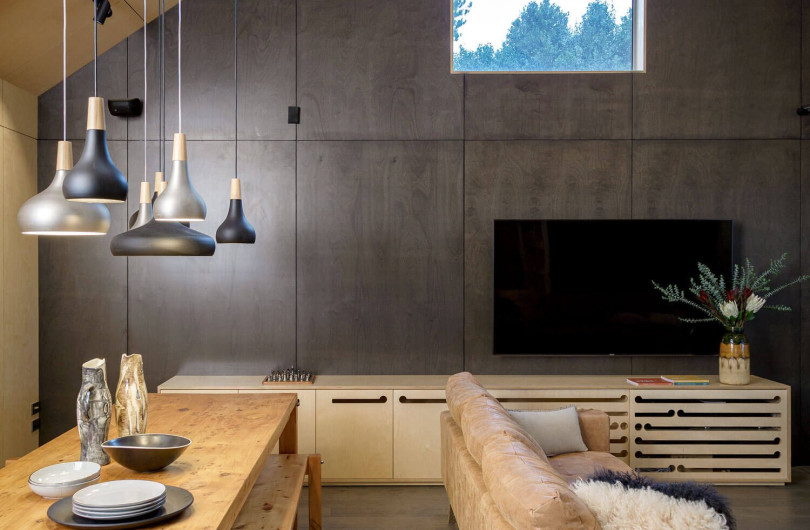
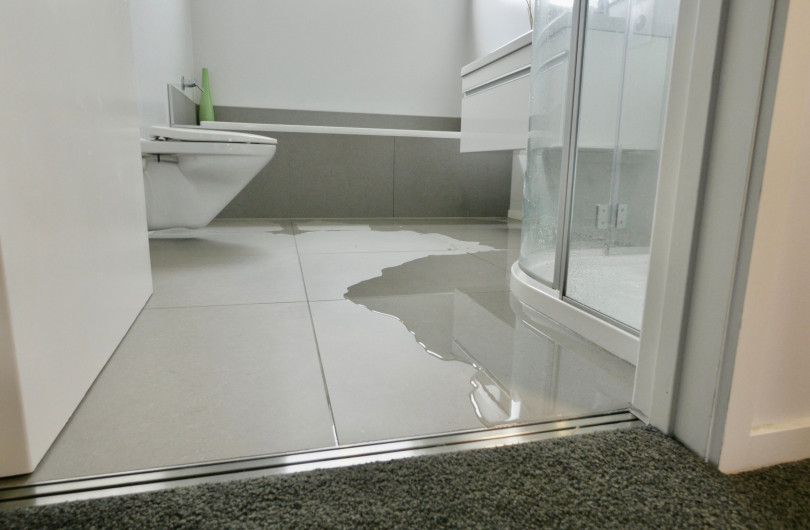


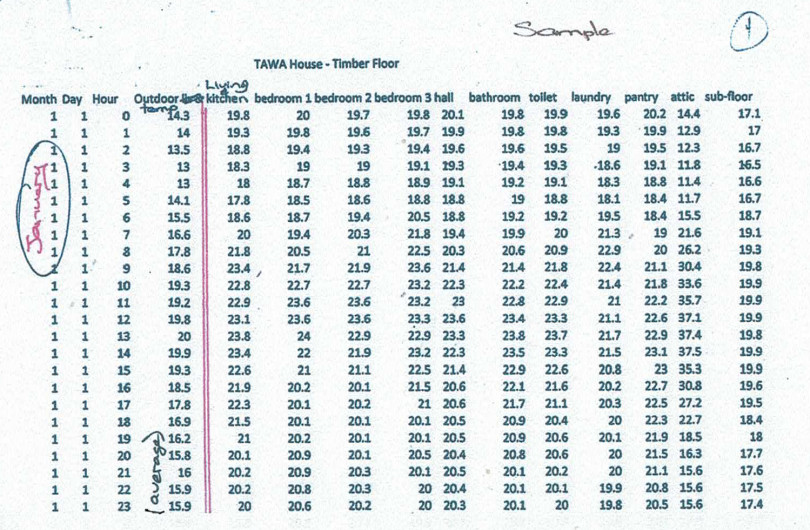





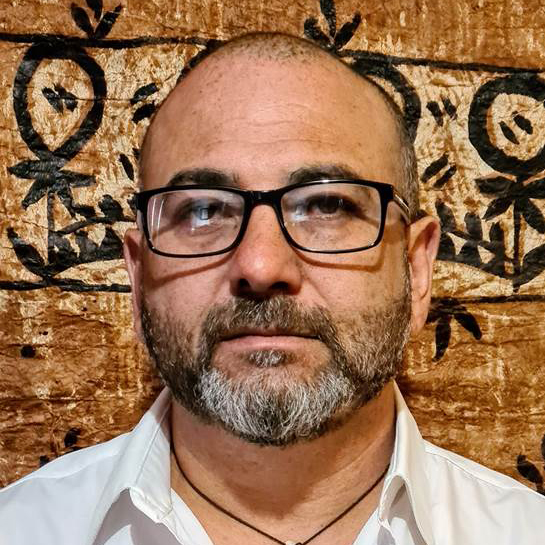




 Most Popular
Most Popular Popular Products
Popular Products